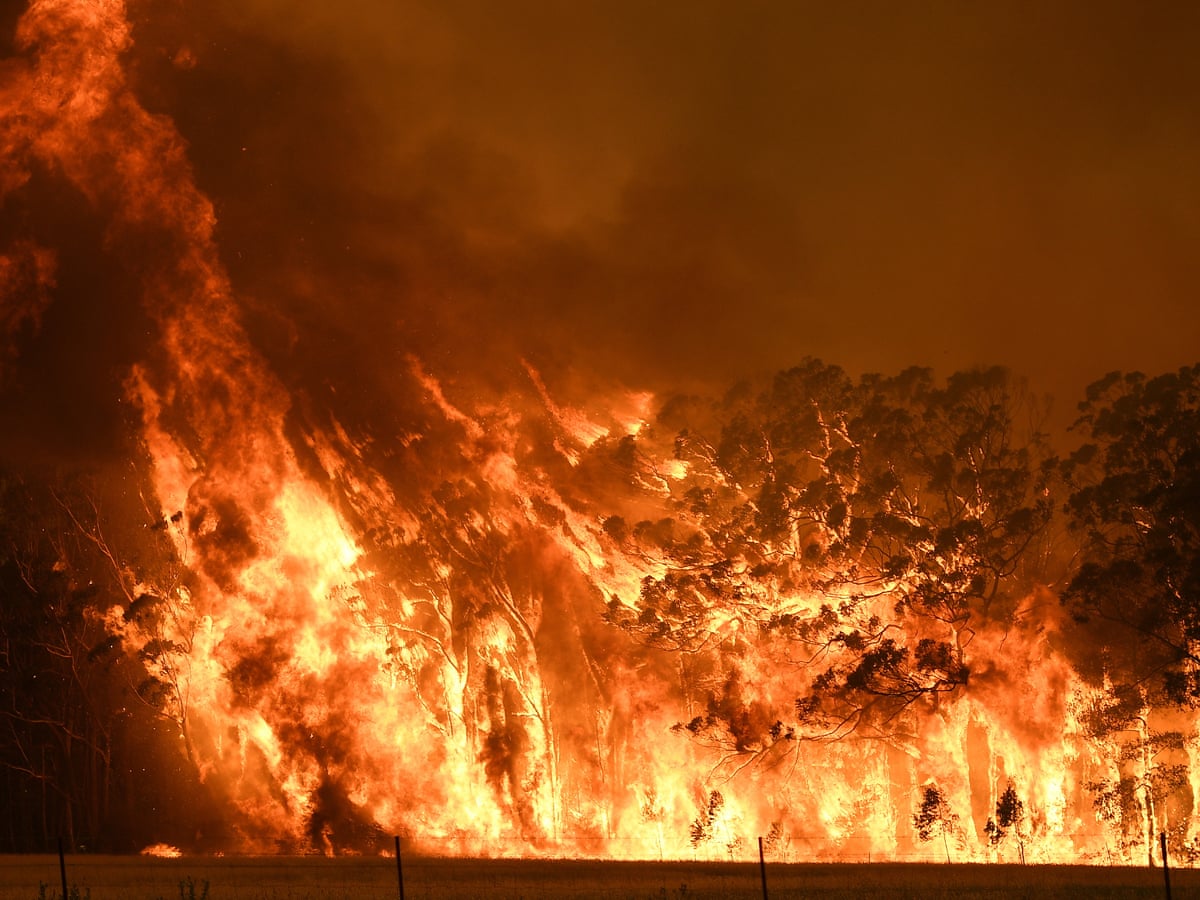Just How BAL Record Impacts Bush Fire Protection Procedures
In the realm of bush fire protection, the Structure Strike Level (BAL) report stands as an essential tool that substantially affects the safety and durability of residential properties in fire-prone locations - BAL Report. The effect of a BAL analysis extends far beyond mere documentation; it works as the keystone for figuring out the ideal building and construction requirements and fire protection procedures needed to reduce the risks presented by bushfires. As neighborhoods come to grips with progressively serious fire seasons, comprehending how the BAL report forms these safety procedures becomes extremely important for property owners, home builders, and policymakers alike
Recognizing the Bushfire Assault Level

Importance of BAL Report Assessment

Furthermore, the BAL record assessment serves as a fundamental action in adhering to legal commitments and demands connected to bushfire protection. Neighborhood councils and authorities usually mandate the entry of a BAL report as part of the planning and building authorization procedure to make certain that properties are sufficiently secured versus bushfire threats. Falling short to conduct a complete BAL record evaluation can cause poor defense actions, leaving buildings at risk to devastating bushfire events.
Construction Requirements Based Upon BAL
An extensive understanding of the Bushfire Strike Degree (BAL) allows residential property proprietors to carry out construction standards tailored to their particular risk profile. Construction standards based on BAL are critical in mitigating the impact of bushfires on homes. The BAL ranking classifies the potential threat a residential or commercial property encounters during a bushfire on a scale from BAL-Low to BAL-FZ (Flame Zone)
Executing Fire Protection Measures
With the foundation of construction criteria based on Bushfire Attack Level (BAL) view it in position, the focus now shifts towards the practical execution of fire security check here measures to strengthen residential or commercial properties versus bushfire risks. Implementing fire security measures entails a mix of passive and active strategies to enhance the resilience of buildings in bushfire-prone areas. Passive measures include using fireproof building products, mounting ember guards on vents, securing spaces in wall surfaces and roofing systems, and keeping a clear space around the residential or commercial property devoid of flammable plant life. Active procedures incorporate having firefighting equipment easily offered, such as hoses and water pumps, in addition to developing a defendable space around the building by removing plants and having a well-maintained garden. Additionally, establishing a discharge strategy and guaranteeing all citizens understand emergency procedures are critical elements of reliable fire protection steps. By incorporating both passive and energetic methods, residential properties can significantly reduce their susceptability to bushfire incidents and boost the security of owners.
Shielding Houses Against Bushfires
Efficiently securing homes versus the destructive influences of bushfires calls for a thorough and proactive approach to fire security procedures. Additionally, sealing voids and vents to stop ash breach, as well as including Visit This Link fire-resistant doors and windows, can assist fortify the home's defense versus bushfires. By accepting a positive stance and integrating these protective steps, house owners can substantially raise their opportunities of securing their homes versus bushfires.
Verdict
In final thought, the Bushfire Assault Level (BAL) record plays a critical role in determining the needed security procedures versus bushfires. Carrying out fire security procedures based on the BAL report is important in safeguarding residential or commercial properties from prospective bushfire hazards.
In analyzing bushfire threat to residential properties, recognizing the Bushfire Assault Level (BAL) is a critical component for executing efficient defense actions. In general, a clear understanding of the Bushfire Strike Level is necessary for applying sufficient security actions and mitigating the impact of bushfires on properties.
